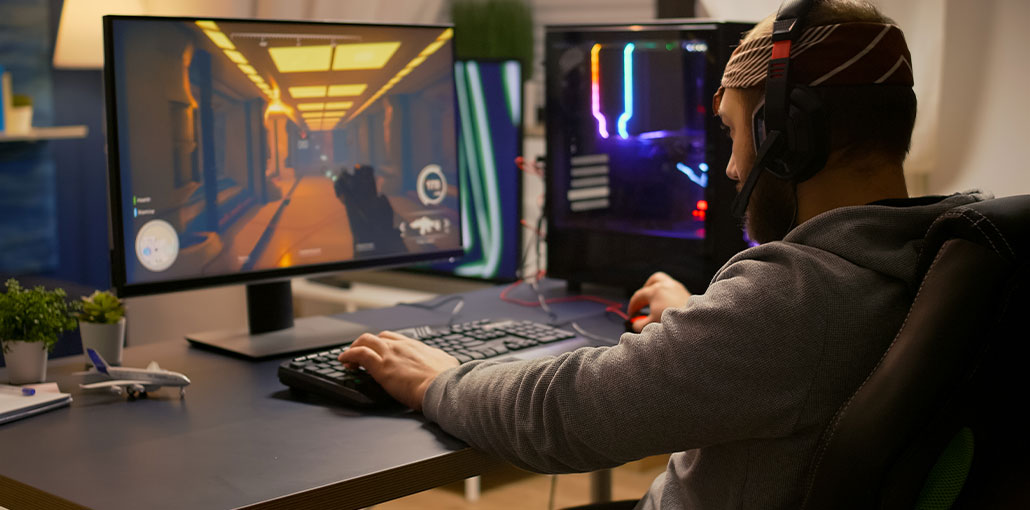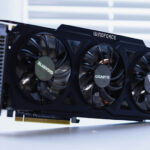The number of frames that your PC is able to render per second, which is measured in “frames per second” (FPS) which determines how smooth games look. If you have a top-of-the-line computer, you’ll be interested in knowing how well your new-to-you hardware is able to play your most loved video games.
An FPS counter can assist you in accomplishing this. It tracks the hardware status of your PC and shows the number of frames your computer can generate per second. It can also display the load placed on your GPU and CPU and assist in identifying any bottlenecks within the configuration.
6 Best FPS Counter Apps
Below are the best FPS counters to track framerates in games on Windows 11 PCs.
1. FRAPS
FRAPS has long been trusted by PC gamers as an FPS counter. It offering real-time frame rates, screenshots, and gameplay recordings at 60 FPS or higher. Easy and lightweight in its use on older systems alike, FRAPS makes a perfect tool for basic benchmarking or quick frame rate checks while gaming sessions on Windows occur.
Key Features:
- Real-time FPS overlay in any DirectX or OpenGL game
- Screenshot and screen-recording support
- Custom hotkeys for instant captures
Pros:
- Easy setup and minimal system impact
- Great for older PCs and casual gamers
Cons:
- Limited to Windows
- Free version adds a watermark and 30-second recording cap
Also read: 5 Reasons For 144hz Monitor Only Showing 120hz And Their Solutions
2. NZXT CAM
NZXT CAM provides powerful system monitoring with an elegant overlay, showing FPS, CPU, GPU, and RAM usage in real time while gaming. Users can customize overlays, track performance history, and sync their data across devices. It is a perfect FPS counter for gamers seeking detailed hardware insights without impacting gaming performance.
Key Features:
- Displays FPS, CPU, GPU, and RAM usage in real time
- Customizable overlay for games and apps
- Cloud sync for multiple systems
Pros:
- User-friendly and visually appealing
- Ideal for monitoring both gaming and productivity loads
Cons:
- Slightly heavy on system resources
- Overlay may require tweaking in full-screen mode
3. NVIDIA GeForce Experience
NVIDIA GeForce Experience provides an integrated FPS counter and performance overlay for NVIDIA GPU users. It includes optimized game settings, recorded gameplay using ShadowPlay, live streaming capability, and automatic driver updates. making it one of the premier free tools for tracking FPS and maintaining top-tier gaming performance on Windows systems.
Key Features:
- Real-time FPS counter and performance overlay
- One-click game optimization
- ShadowPlay for recording and streaming
Pros:
- Free and deeply integrated with NVIDIA drivers
- No noticeable impact on performance
Cons:
- Works only with NVIDIA GPUs
- Requires account login for full features
4. FPS Monitor
FPS Monitor not only displays frame rates but also CPU, GPU, RAM, and storage performance metrics directly in-game. The customizable layouts are designed to meet gamers’ individual needs. It’s perfect for benchmarking hardware analysis, as it alerts you to overheating or performance bottlenecks during demanding gaming sessions.
Key Features:
- Fully customizable overlay
- Hardware alerts for overheating or high usage
- Logs performance data for later analysis
Pros:
- Excellent customization and detailed metrics
- Perfect for benchmarking and content creators
Cons:
- Paid software (free trial available)
- Requires initial setup time
5. Steam FPS Counter
Steam’s built-in FPS Counter provides an effortless and accurate way to track frame rates without additional software. Lightweight yet accurate, its use can easily be enabled through Steam’s in-game settings. Counter works across all Steam games on both Windows and macOS operating systems to give gamers real-time performance insights without slowing their system down.
Key Features:
- Simple toggle in Steam settings
- Lightweight and system-friendly
- Supports all Steam-launched games
Pros:
- Free and built in — no installation needed
- Doesn’t affect frame rates or system speed
Cons:
- Limited customization
- Works only for games launched via Steam
Also read: Top 10 Reasons to Switch to PC Gaming
6. Razer Cortex
Razer Cortex doubles as an FPS counter and game booster. It frees system memory, stops background processes, and displays FPS data during gameplay. After each session, it provides performance analytics to help optimize gaming speed. Integrated with platforms like Steam and Epic Games, it’s a great all-in-one tool for Windows gamers.
Key Features:
- FPS overlay with system time and session duration
- Game booster mode for higher frame rates
- FPS analysis chart after each session
Pros:
- Helps boost game performance and track FPS
- Integrates with Steam, Epic, and other libraries
Cons:
- Windows-only
- Requires Razer account for syncing
Wrap Up
An FPS counter can help assess your computer’s gaming performance when engaging in intense, graphics-intensive activities, such as competitive video gaming. If your results fall below expectations and your setup should perform more optimally, be sure to inspect for potential issues that could reduce performance on your system.
Update your graphics driver, close background applications to reduce system resource utilization, review power settings and address third-party application conflicts.
FAQs: Best FPS Counter
How can I fix low FPS in games?
Update your graphics drivers, close background apps, and lower in-game graphics settings. You can also use Razer Cortex to boost FPS.
What FPS counter is best for Mac gamers?
Steam’s FPS Counter and Count It are great for Mac users who want simple, real-time frame rate tracking without installing heavy apps.
How can I check FPS on Windows 11?
Use built-in tools like Steam’s FPS Counter or NVIDIA GeForce Experience, or download third-party apps such as FRAPS or NZXT CAM.
What is a good FPS rate for gaming?
A good FPS for gaming is 60 FPS for smooth gameplay. Casual games run fine at 30 FPS, while competitive players prefer 120 FPS or higher for faster response.










Leave a comment